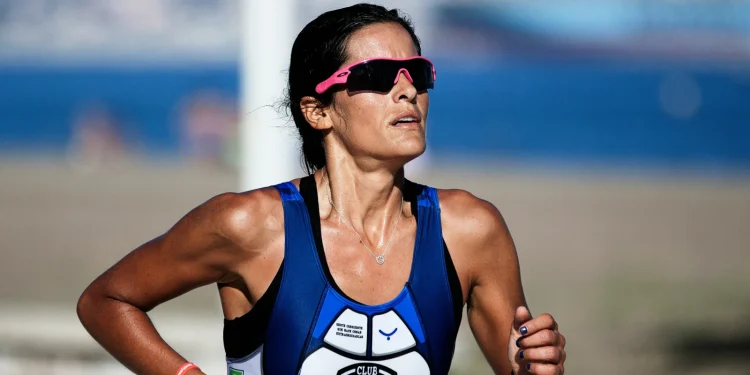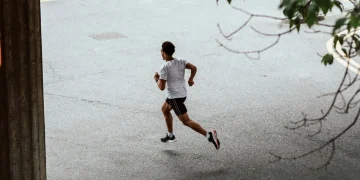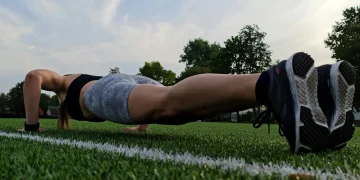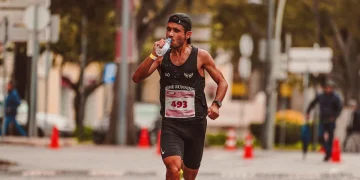To maintain posture, balance, and efficiency while running, the body needs to generate movements that counter those of the legs. This involves coordinated action from joints above the hips, including rotation of the trunk, shoulder flexion and extension, and elbow movement. Movements of the head, neck, and wrists should remain minimal or absent.
When observing recreational runners in a marathon, it’s easy to notice a wide variety of upper-body motions. Some runners move their arms vertically, others swing them outward or inward, and some display exaggerated or minimal trunk rotation. In contrast, elite runners tend to show more uniformity in their form.
Top-level marathoners often settle on a countermovement pattern that maximizes efficiency over long distances. This pattern generally includes:
- Limited vertical arm motion: The hands move only slightly up and down and don’t drop below the waist.
- Straightforward arm swing: Arms swing front to back in a straight line, with little rotation; the wrists stay aligned with or inside the elbows.
- Coordinated trunk rotation: When the right foot lands, the torso gently rotates to the left, and vice versa, creating a fluid, symmetrical motion.
By relying mainly on trunk rotation for countermovement, the workload shifts to larger muscle groups such as the lats, traps, chest, and obliques. These muscles have better blood flow and greater capacity for sustained aerobic output compared to the smaller muscles in the arms and shoulders, making them more effective for endurance running.
Recording yourself while running or regularly checking in with body awareness can help identify unnecessary movements or limitations in upper-body mechanics. Simple cues like “keep arms steady,” “hold a marble in your elbow,” or “let your torso rotate” can help correct these issues efficiently.






